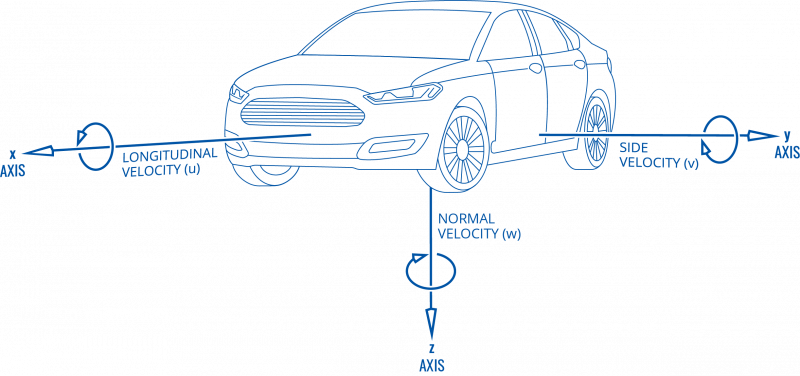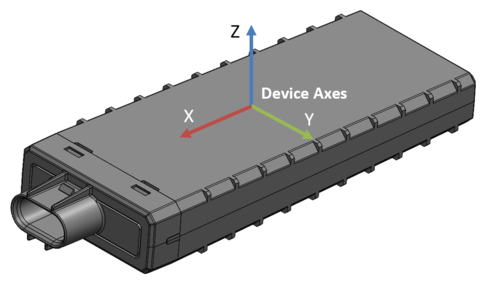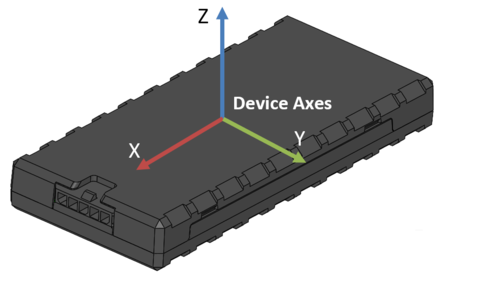Difference between revisions of "Template:FTX mounting"
(Created page with "Each [[{{{model|FTX}}}]] device is equipped with an IMU (Inertial Measurement Unit) sensor that provides acceleration data across three axes (X, Y, Z). For the IMU to function...") |
(Created page with "Each [[{{{model|FTX}}}]] device is equipped with an IMU (Inertial Measurement Unit) sensor that provides acceleration data across three axes (X, Y, Z). For the IMU to function...") |
(No difference)
| |
Revision as of 13:24, 26 September 2024
Each FTX device is equipped with an IMU (Inertial Measurement Unit) sensor that provides acceleration data across three axes (X, Y, Z). For the IMU to function accurately, its axes must be properly aligned with the device’s principal axes, ensuring that the X, Y, and Z directions of both the IMU and the device correspond. Any misalignment can result in incorrect interpretation of motion data, where movements along one axis may be incorrectly identified as movements along another.
Default Device and Vehicle Axes When the FTX device is mounted in its default position, the X-axis points towards the power connector, the Y-axis points to the left of the X-axis, and the Z-axis points upward (with the logo and GNSS antenna facing up). In this orientation, the device's axes are designed to align with the vehicle's axes, ensuring accurate motion tracking.
Note: moving forward along any axis will generate negative values. This means acceleration will generate -X values, accordingly breaking will generate X values. Same goes for other axes.


